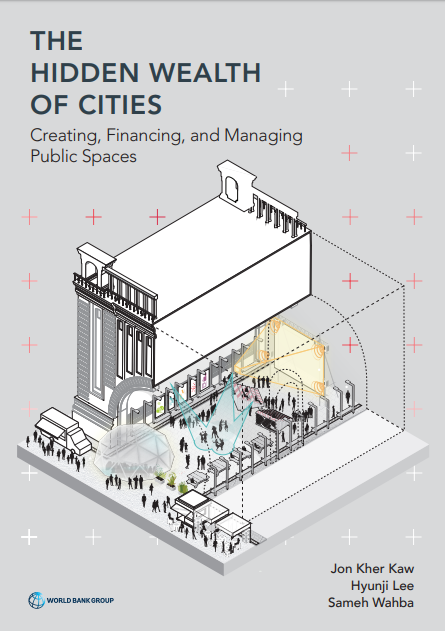The Hidden Wealth of Cities: Creating, Financing, and Managing Public Spaces
March 29, 2020
In every city, the urban spaces that form the public realm—ranging from city streets, neighborhood squares, and parks to public facilities such as libraries and markets—account for about one-third of the city’s total land area, on average. Despite this significance, the potential for these public-space assets—typically owned and managed by local governments—to transform urban life and city functioning is often overlooked for many reasons: other pressing city priorities arising from rapid urbanization, poor urban planning, and financial constraints.
The resulting degradation of public spaces into congested, vehicle-centric, and polluted places often becomes a liability, creating a downward spiral that leads to a continuous drain on public resources and exacerbating various city problems. In contrast, the cities that invest in the creation of human-centered, environmentally sustainable, economically vibrant, and socially inclusive places—in partnership with government entities, communities, and other private stakeholders—perform better. They implement smart and sustainable strategies across their public space asset life cycles to yield returns on investment far exceeding monetary costs, ultimately enhancing city livability, resilience, and competitiveness. The Hidden Wealth of Cities: Creating, Financing, and Managing Public Spaces discusses the complexities that surround the creation and management of successful public spaces and draws on the analyses and experiences from city case studies from around the globe. This book identifies—through the lens of asset management—a rich palette of creative and innovative strategies that every city can undertake to plan, finance, and manage both government-owned and privately owned public spaces.


